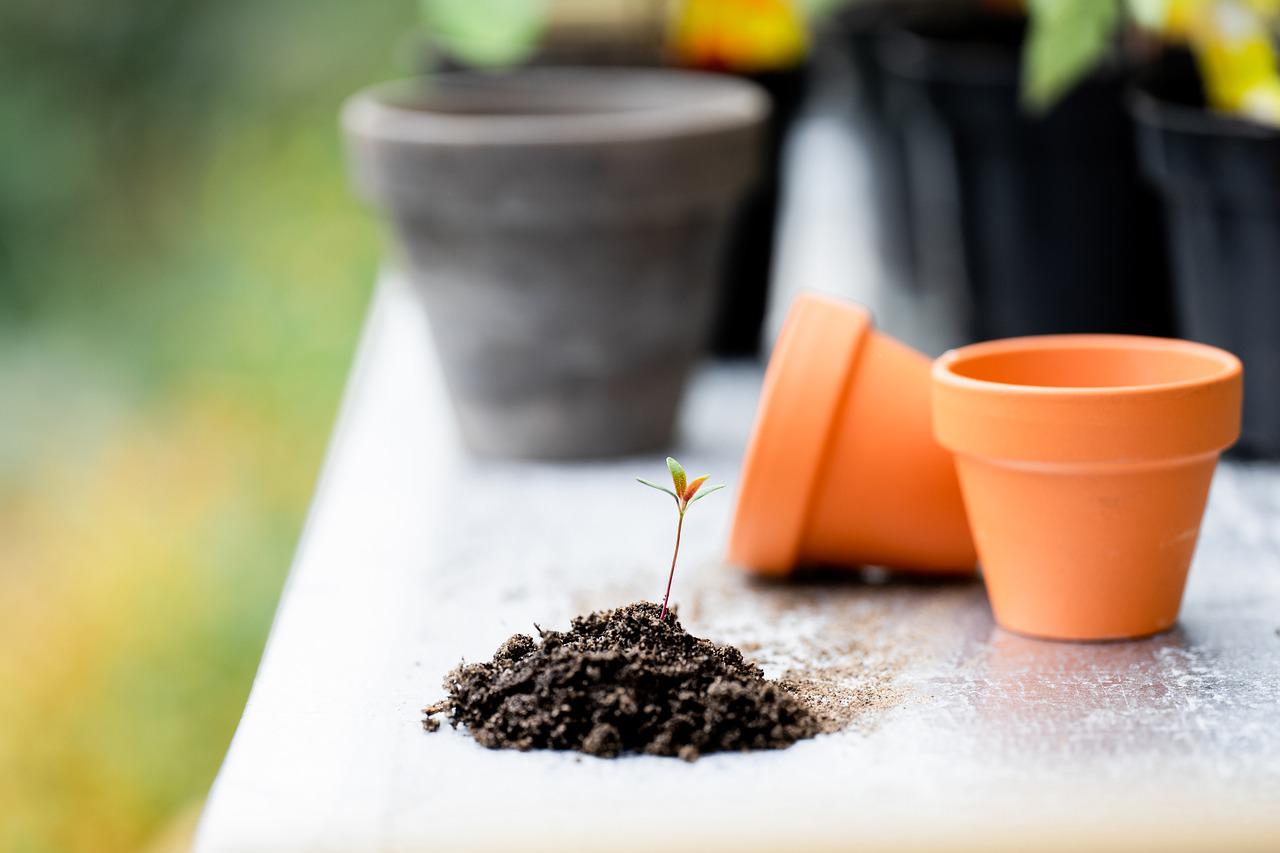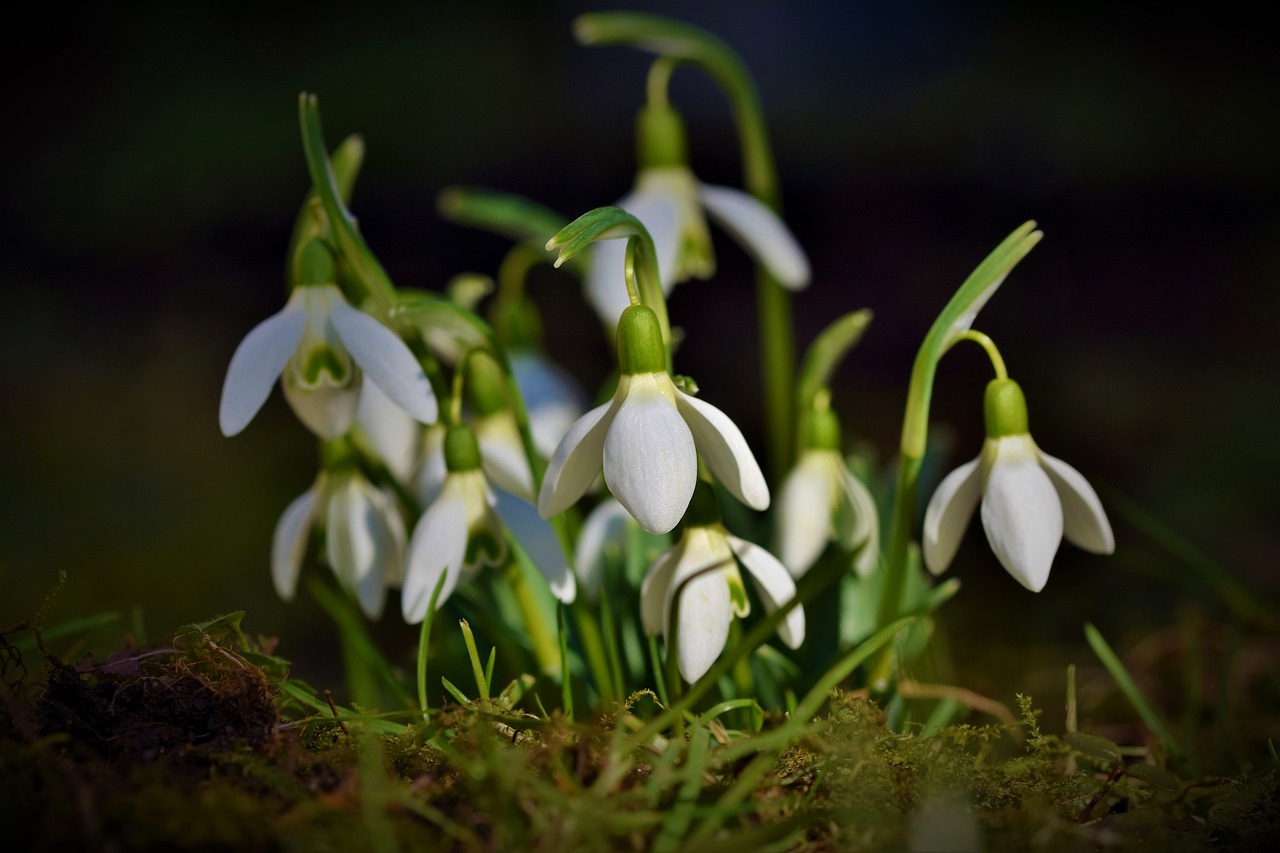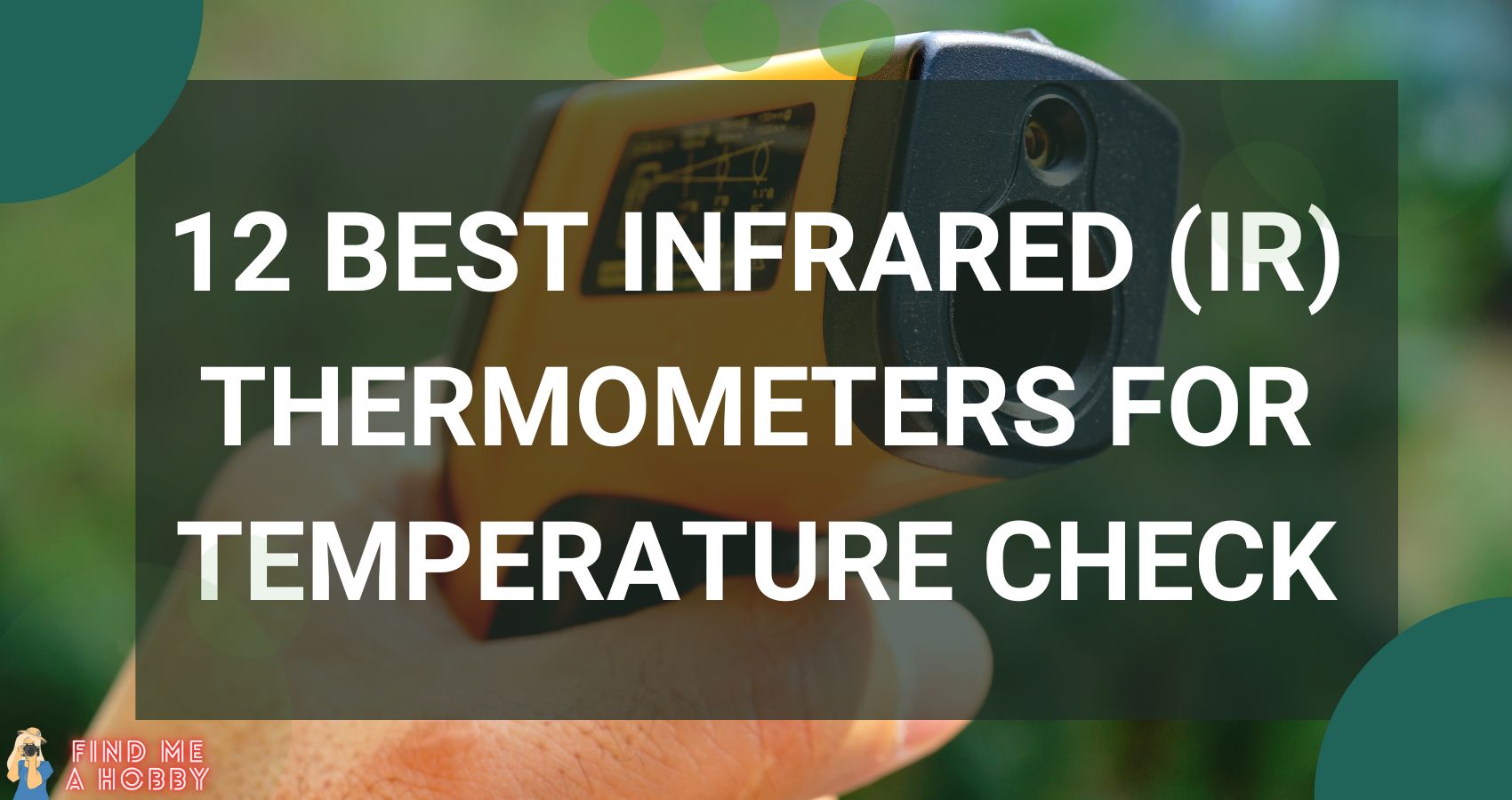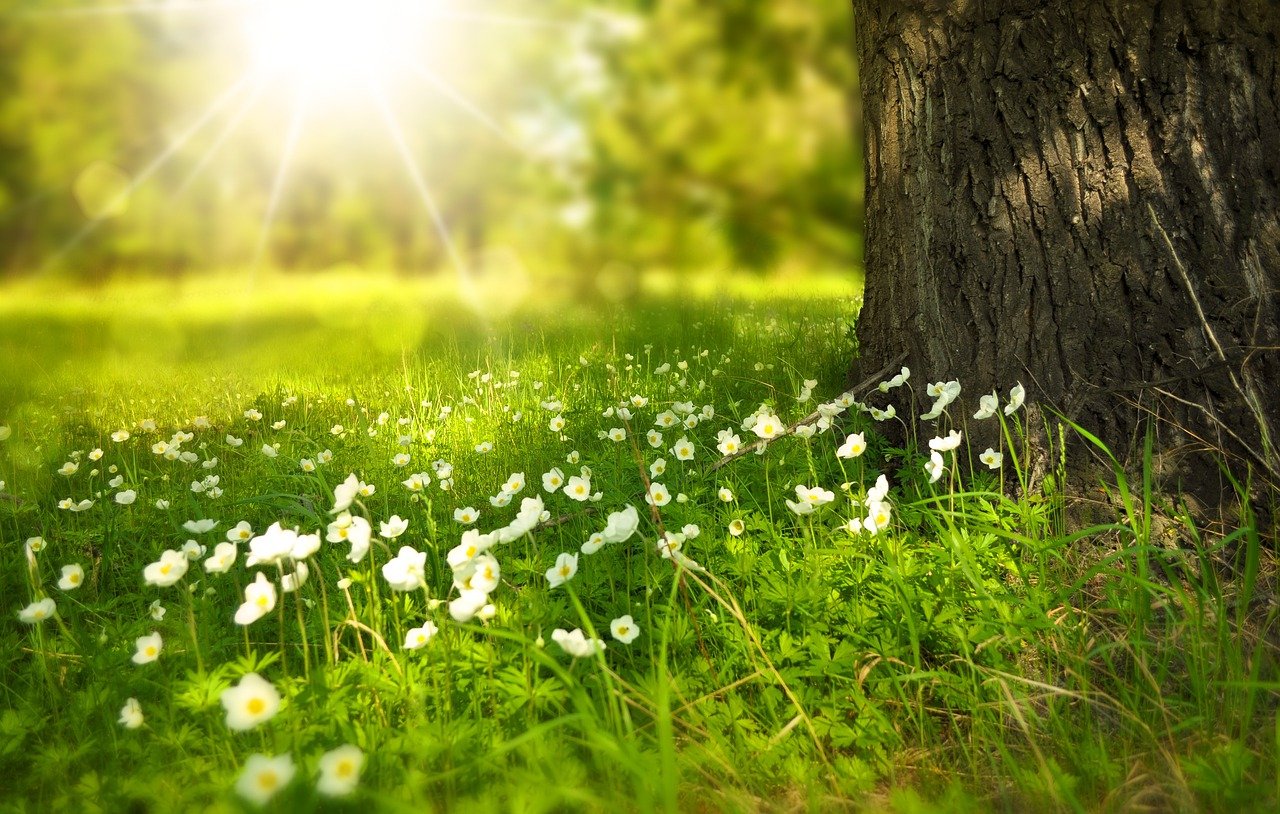I was chugging along, putting together an article about the basics of planting plants, specifically woody plants, because that’s what I’ve been doing lately, albeit not exactly at the prime time for doing it.
Suddenly, I realized Whoa There!…the first thing; the most basic thing about planting anything is what it’s being planted in. The soil. So, before we get into planting, let’s look at that marvelous substance that is the basis for all life.
Soil NOT Dirt
Dirt is what you vacuum from your carpet. Soil is a combination of inorganic material derived from the underlying rock in your area, organic material, bacteria, fungi, plants, and animals (living and dead), and all their chemical secretions, air, and water is interwoven into a living matrix that provides anchorage and nutrients for the plants you want to grow. Without soil there would be no plants; without plants, there would be no life (as we know it) on this planet.
When we start gardening, the soil is not the first thing that comes to mind when one thinks about a garden, but it is a critical requirement for plant life. If it is not suitable for the plants you try to grow, they will not flourish. The first step in gardening is determining the type of soil in your garden. You may find that different parts of your garden have different types of soil.
Types of Soil
All soils reflect the underlying bedrock indigenous to your particular area of the world. Soils are formed over eons by the action of water and weather on this rock and the decomposition of the remains of living things (plant and animal).
- Topsoil is the surface layer, containing the most organic material. It can vary from only a few inches to several feet in depth.
- The subsoil is the layer of undisturbed soil below this, generally containing relatively little organic material.
If you are starting a garden in a newly built development, the chances are high that the soil you have is the subsoil. The builder scraped all the topsoil from the site before construction started. If they were a good company, they may have replaced it with a thin layer of “topsoil” in which they, no doubt, seeded grass and planted the requisite foundation shrubs. While the grass and foundation plants may survive, this is not going to be adequate for more intensive gardening.
Your subsoil might not even be from your site; it could be fill hauled in from anywhere.
Make Basic Potting Soil for Indoor Gardening
Whether it’s used for outdoor containers or indoor houseplants, a soil mix that drains well yet retains moisture is the basic goal of good potting soil.
The five varied recipes below are each lighter or heavier than the other. The indoor gardener should experiment with a couple to determine which type is preferred. This soil mixes recipes work well for outdoor as well as indoor plants.
Basic Potting Soil Mixes
There are many different recipes for making your own potting soil. The majority of indoor plants prefer their soils slightly into the acidic range on the pH scale. The potting mixes below will create general soils that reflect this preference, falling at about 6.5 – 7.0.
Soil mix #1: 1/3 topsoil
- 1/3 compost
- 1/3 builder’s sand
- Soil mix #2: 1/4 compost
- 1/4 builder’s sand
- 1/2 peat, coir, or rice hulls
Soil mix #3: 1/4 compost
- 1/4 topsoil
- 1/4 vermiculite
- 1/4 peat, coir, or rice hulls
Soil mix #4: 1/3 compost
- 1/3 garden soil
- 1/3 builder’s sand
- Soil mix #5: 4 parts commercial potting soil
- 1 part compost
Special Houseplant Soil Additives
Worm castings are a valuable addition to any potting soil or soil-less potting mix are a tremendous advantage for houseplants. Vermicompost may be the single best extra addictive because of its high nutritional value. Leaf mold is another excellent soil stabilizer to consider adding to potting soils.
Why Not Peat Moss?

Peat has been one of the favorite soil additives for many years. Peat Moss is capable of absorbing 10-20 times its weight in water. Along with beneficial bacteria, it contains a natural fungicide that is a barrier to several troubling fungi including damping off, which is the bane of a seed starters existence. For this reason, using peat in special seeds-starting soil is optimal.
One of the favorite places for gardeners to use it is potting soil. It’s a natural product that’s harvested from ancient cold-climate peat bogs in Canada, Europe, and parts of the United States. Unfortunately, these bogs are being destroyed with all the harvesting or mining of the peat. This causes permanent and destructive changes in the ecosystem including the loss of habitat for creatures whose lives depend on these peat bogs.
The use of peat (at least to excess) is no longer considered environmentally sound practice. It’s treated as a non-renewable resource because although it is technically renewable, peat moss takes about 1,000 years for a bog to grow 1 yard of peat. This makes it un-renewable in a lifetime or even a grandchild’s lifetime.
The Peat Moss Alternatives
There are a couple of effective alternatives to using peat in our potting mixes.
Coir – (pronounced koy-er) is the hairy outside layer of husk that surrounds the coconut shell. You may have heard of it referred to as “coco-peat” or “coir-peat”. What makes this product environmentally friendly is that it’s simply a by-product of the coconuts that are grown for their meat. Husks that would be otherwise disposed of as waste.
Coir comes in blocks that expend like crazy when soaked. Coir can be used as a planting medium, but it needs to be blended with a nutritional component such as compost. There’s not much nutritional value in coir by itself. A slow-release fertilizer may also be added to the soil mix. Coir retains moisture extremely well and is more eco-friendly than its peat counterpart It’s shipped dehydrated making it lightweight.
Rice Hulls – Rice hulls are a good alternative to peat as they lighten the soil, absorb water well, and offer good drainage. Before rice grains are converted (parboiled) or polished, they are dried and hulled. Hulls that would otherwise be tossed out, can be used as a soil-less medium just like coir or peat. They’re very thin and nearly weightless.
They can be added in potting mixes, but even on their own they have merit as a soil amendment by both aerating and retaining water. Rice hulls are a nice alternative to peat as it’s much cheaper (not to mention easier) to gather rice hulls as opposed to harvesting peat moss.
Commercially bagged potting soils are expensive, so mixing plant mediums at home saves money for the indoor gardener.







